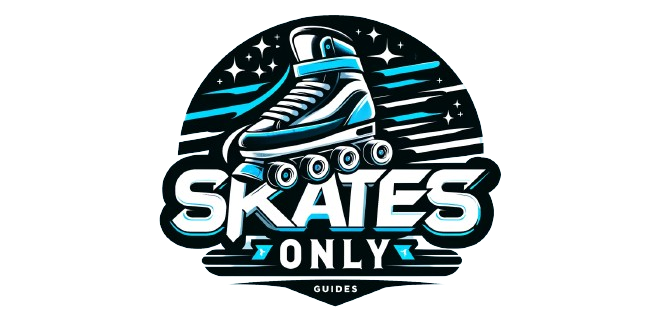Hockey is a fast-paced, intense sport that demands not only physical skill but also strategic thinking and timely decision-making. Among the many tactics at a team’s disposal, the concept of a timeout is pivotal, albeit often overlooked by casual fans. So, does hockey have timeouts?
Timeouts serve as a crucial tool for teams to regroup, strategize, or simply catch a breath during critical moments.
This article delves into the intricacies of hockey timeouts, their regulations, and their strategic use in professional leagues, especially the NHL.
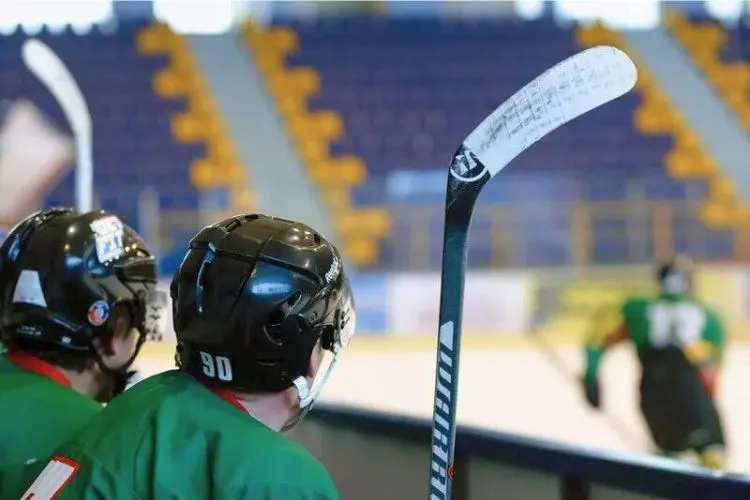
What Are Timeouts?
In the realm of sports, a timeout is a short halt in the game at the request of a team, providing a moment for players to communicate with their coaches, rest, and recalibrate their strategies.
The use and rules of timeouts can vary greatly across different sports, influencing the flow and outcome of games in unique ways.
Does Hockey Have Timeouts?
The National Hockey League (NHL), one of the most prominent professional hockey leagues globally, has specific rules governing the use of timeouts.
Each team is entitled to one 30-second timeout during a game. This rule holds for both the regular season and playoffs. The brevity and singularity of timeouts in hockey underline their importance and strategic value.
Other hockey leagues around the world, such as the American Hockey League (AHL) or various European leagues, may have their own set of rules regarding timeouts.
Some might allow for more than one timeout per game or have different regulations for when these can be utilized, but the NHL’s model is among the most stringent, requiring teams to be judicious in their use.
Special Situations
Timeouts in hockey are typically employed in several high-stakes situations. Coaches might call for a timeout following a long shift where players are visibly fatigued and need a brief respite.
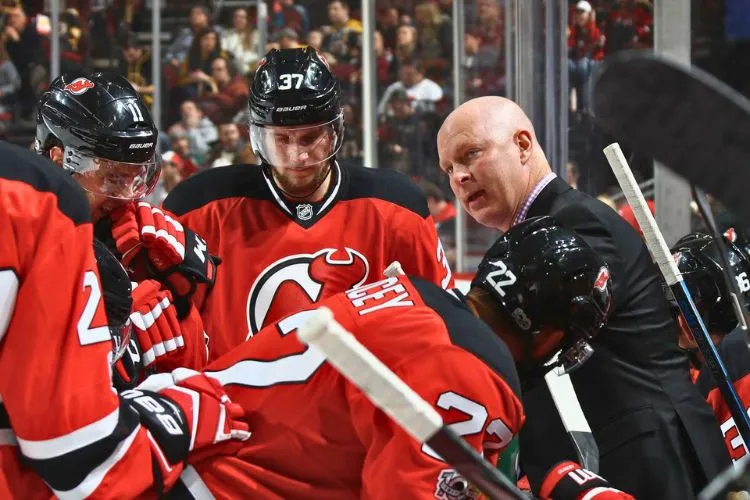
Conversely, timeouts are often used to prepare for critical faceoffs in either the offensive or defensive zone, providing teams a golden opportunity to align on their strategy.
Another common use is right before a crucial power play or penalty kill, allowing a coach to set up the play or reinforce defensive strategies to the players.
These situations highlight how a well-timed timeout can potentially sway the momentum of the game, giving a team the upper edge by allowing players to reset and focus on the immediate task at hand.
Strategy Behind Using Timeouts
The decision to use a timeout is steeped in strategic consideration. Coaches must weigh the current state of the game, the condition of their players, and the potential benefits of a brief interlude against the cost of losing their sole timeout.
The timing is often as crucial as the reason behind a timeout, with the final minutes of a game being a prime window for its strategic use, especially when trailing by a narrow margin.
Comparison with Other Sports
While timeouts are a universal concept in team sports, their impact varies significantly from one sport to another.
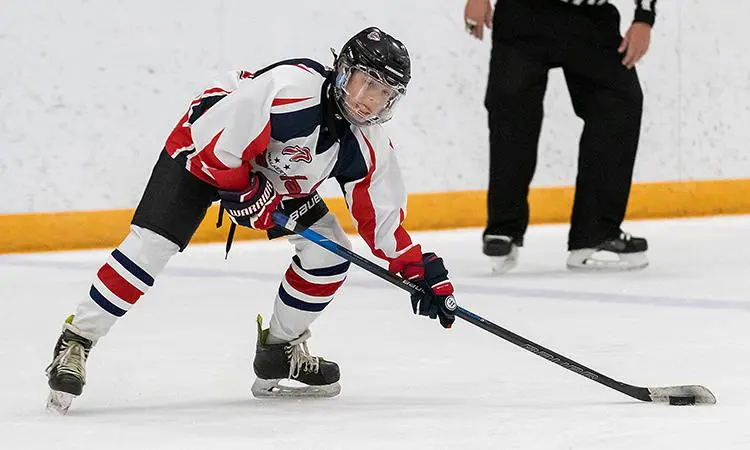
In basketball or football, for instance, timeouts are more numerous and serve as an integral part of the game’s strategy, offering teams multiple opportunities to stop the clock or plan plays.
In contrast, the singular, precious timeout in hockey places a premium on strategic timing, reflecting the continuous, flowing nature of the sport.
Coaches and Timeouts
A coach’s role in managing timeouts is critical. The ability to read the game, understand the players’ condition, and anticipate the opponent’s moves are all facets of the strategic use of a timeout.
Insights from seasoned coaches reveal a consensus on the value of holding onto the timeout for as long as possible, to be deployed in moments that could potentially turn the tide of the game.
Historical instances abound where the astute use of a timeout has shifted the momentum, culminating in game-winning goals or crucial defensive stands.
Impact of Timeouts on Player Performance
Timeouts, though brief, offer a pivotal respite in the fast-paced environment of hockey, significantly influencing player performance. These short breaks are invaluable for reducing player fatigue, allowing athletes a moment to catch their breath and recover physically.
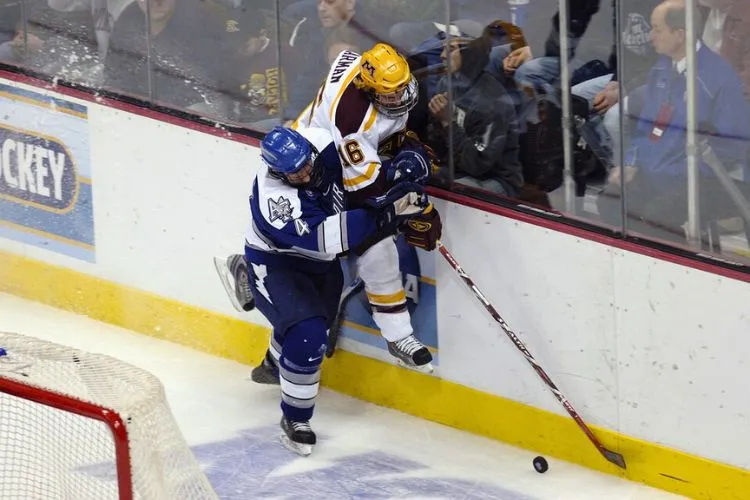
By momentarily stepping away from the relentless pace of the game, players can leverage this pause to mentally recalibrate. This mental respite is crucial for sharpening focus, enabling players to strategize and align on the next steps with a clearer mindset.
Consequently, this heightened focus and reduced fatigue can dramatically enhance performance, particularly at critical junctures where games are often decided.
The strategic application of timeouts can thus transform the game’s momentum, offering teams a chance to disrupt the opponents’ rhythm or fortify their own.
Hence, the judicious use of timeouts emerges as a fundamental aspect of game management, profoundly impacting the outcome by optimizing player performance when it matters most.
Pro Tips
For coaches, efficacy in training teams to maximize the brief timeout period is essential. Quick, clear communication is key. Players should be mentally prepared to enter a timeout, ready to absorb information, and promptly return to play with a refreshed focus and clarity on their objectives.
You may also find useful: Ice Hockey Rules | What Is a Power Play in Hockey?
Frequently Asked Questions (FAQs)
Can both teams take a timeout at the same moment?
No, if one team requests a timeout first, the other must wait until play resumes before making their request.
What happens if a timeout is called with no timeouts left?
The team is penalized for an illegal timeout, usually with a minor penalty.
Are there timeouts in youth or recreational hockey leagues?
Yes, but the rules and number of timeouts can vary widely across different leagues.
Can timeouts be carried over between periods or into overtime?
No, timeouts do not carry over; they are use-it-or-lose-it within the regulation time.
Conclusion
Understanding the strategic use and regulation of timeouts in hockey is essential for players, coaches, and fans alike.
This singular, brief pause in the relentless pace of a hockey game holds the potential to influence outcomes, showcasing the depth of strategy that underpins this thrilling sport.
Timeouts, though small in duration, play a significant role in the tactical complexion of hockey, proving that sometimes, a mere 30 seconds can make all the difference.
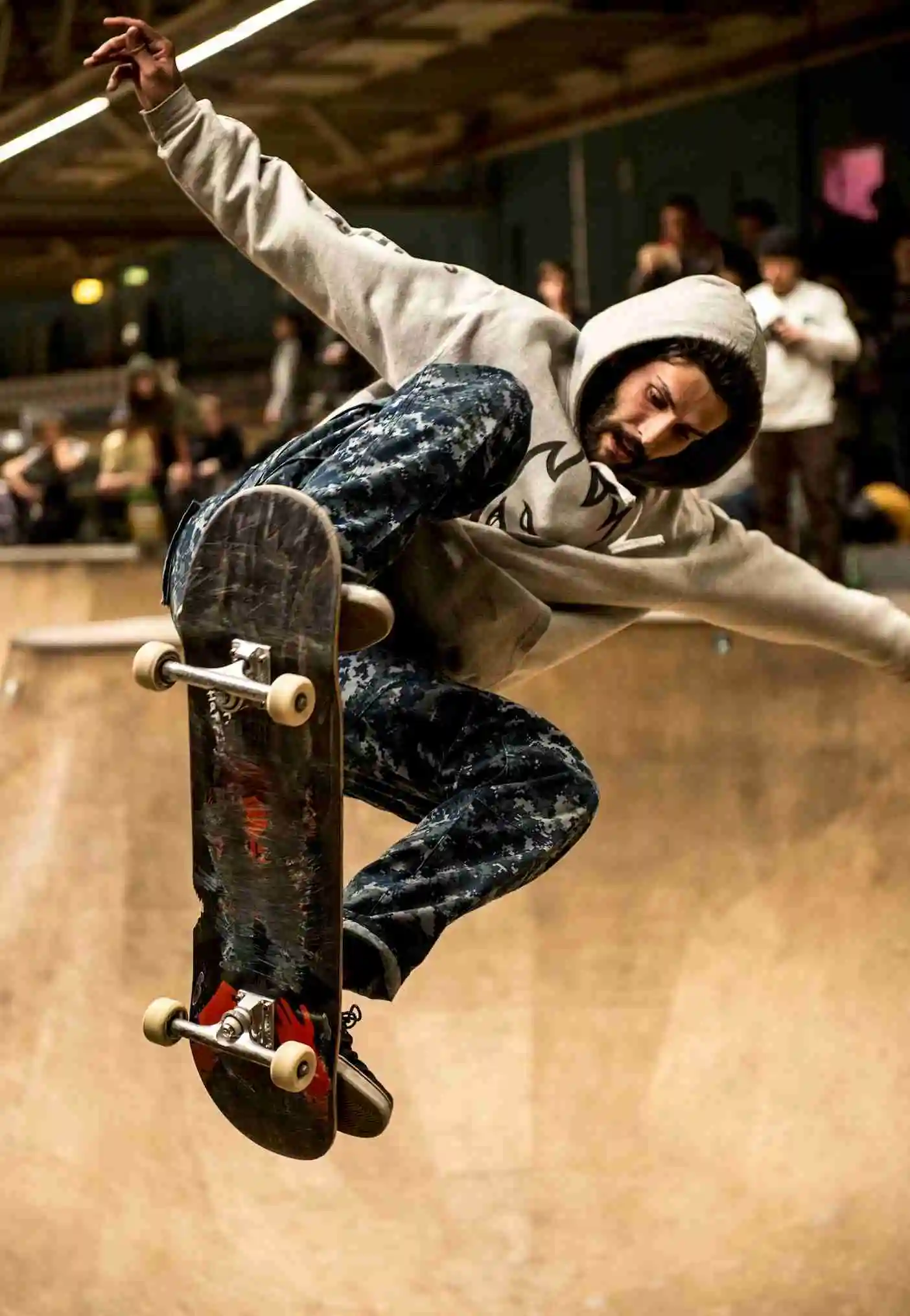
Matthew James is a passionate skater who wanted to create a platform to share his love for skating with others. With a vision to create a vibrant community of skaters, he aims to provide a space where skaters of all levels can connect, learn, and grow together.
